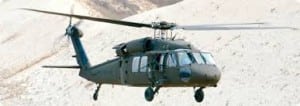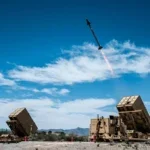
Army Reserve Commander Lt. Gen. Jeffrey Talley agrees with the Army’s controversial plan to transfer all AH-64 Apache gunships to the active component and that utility helicopters are better suited to the National Guard’s domestic mission.As the primary provider of technical enablers for the Army, the Reserve needs helicopters like the UH-60 Black Hawk and Ch-47 Chinook that can move people and cargo, instead of attack helicopters like the Apache, Talley told reporters today at a Defense Writers Group breakfast…

 By
By 









